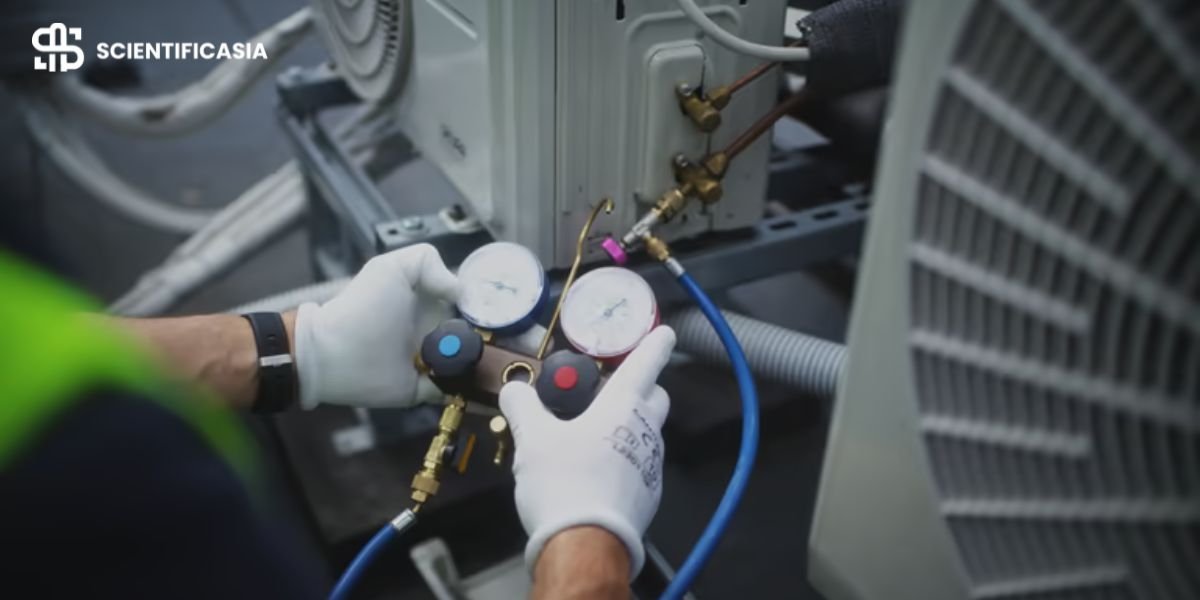In the world of home climate control, maintaining heating and cooling systems is not just about comfort—it’s about efficiency, reliability, and long-term cost savings. Whether you’re battling scorching Las Vegas summers or trying to stay cozy during cooler evenings, HVAC performance matters year-round. For many homeowners, the decision to invest in a service plan or stick to one-time repairs can be puzzling. On the surface, both approaches appear to be effective. However, they differ greatly in value over time.
We will explore how consistent service plans compare to reactive repairs, especially for families wanting to avoid unexpected breakdowns and costly replacements. If you need HVAC in Las Vegas, understanding your options becomes even more important due to the region’s intense climate demands. While each option has its appeal, choosing the right one depends on your priorities: peace of mind, budget flexibility, or minimal commitment. By understanding both options clearly, homeowners can make confident choices about the future of their HVAC systems.
Making the Right Choice: Benefits and Drawbacks of Each Approach
Understanding One-Time Repairs: Immediate Fixes with Long-Term Uncertainty
One-time HVAC repairs may seem like the most straightforward solution. When something breaks—your AC unit stops blowing cold air or the furnace won’t start—you call in a technician to resolve that specific issue. It’s a transactional process: you pay for the repair, and once it’s resolved, the service ends. Many homeowners gravitate toward this model because it requires no long-term commitment or upfront contract. It’s reactive, only engaging with the system when there’s a visible or functional problem. On the surface, such an arrangement can feel more affordable since you’re only paying when needed.
However, the real cost often lies in the unpredictability. A one-time repair doesn’t prevent future issues, and minor warning signs might be ignored until they become emergencies. Without regular maintenance, HVAC components can deteriorate slowly, leading to repeated breakdowns or total system failure. Homeowners may also pay more during peak seasons when demand surges and emergency fees apply. Waiting until the system fails in markets like Las Vegas, where HVAC use is intense, can result in discomfort at the most inconvenient time. Over time, what begins as occasional repair expenses can accumulate into a significant and unplanned financial burden. There’s also the issue of unfamiliarity—each visit might involve a different technician, who won’t be aware of the unit’s service history, which may result in less accurate troubleshooting. One-time repairs serve a purpose, but they come with long-term uncertainty and limited preventive value.
HVAC Service Plans: Preventive Care with Predictable Comfort
Service plans, on the other hand, offer a proactive approach to HVAC system care. These are typically annual or multi-year agreements with a trusted company where a technician routinely checks your system, cleans parts, adjusts performance, and identifies small issues before they become major problems. Unlike one-time fixes, these plans prioritize prevention. In areas with extreme climate swings, a service plan acts like an insurance policy against seasonal breakdowns. Technicians become familiar with your system, making inspections more efficient and accurate over time. Regular maintenance also helps systems run more efficiently, reducing energy use and monthly utility bills.
Filters get replaced on schedule, coils stay clean, and refrigerant levels remain balanced. The upfront cost may be higher than a single repair, but over a year, service plans often pay for themselves through fewer emergencies and longer system life. Another significant benefit is priority service, which often places customers with service plans at the forefront of the HVAC repair queue during peak demand. That can be a lifesaver during a Las Vegas heatwave. Some plans also include discounts on parts and labor, meaning that even if something does need repair, it won’t be at full price. With fewer surprise breakdowns and a more predictable maintenance schedule, homeowners gain peace of mind knowing their comfort is protected all year long.
Comparing Long-Term Costs and Value
While both service plans and one-time repairs involve financial investment, their value differs significantly over the long term. One-time repairs may appear cheaper in the short term, but frequent issues can lead to rising costs over the years. For example, if your air conditioner fails every summer, you might be paying for emergency diagnostics, rush labor, and new components multiple times. Eventually, you may need to replace the entire unit—an expense that could have been delayed or avoided with consistent care.
On the other hand, service plans require a fixed annual fee, which includes inspections, tune-ups, and sometimes minor repairs. This predictability is beneficial for budgeting. Over five years, this steady investment can be significantly less than the accumulated costs of unplanned repairs and energy waste. Service plans also enhance system longevity. A properly maintained HVAC unit can last 15–20 years, while neglected ones might fail after only a decade. So, while one-time repairs might feel more flexible, they can end up draining more resources in the long run.
Choosing between HVAC service plans and one-time repairs is less about the immediate cost and more about your long-term priorities. While one-time repairs offer flexibility, they often come with higher risks and hidden costs. Service plans, on the other hand, provide reliability, consistent performance, and preventative care that can extend your system’s life while reducing unexpected expenses. When comfort, peace of mind, and efficiency matter, choosing planned care over reactive fixes creates a more stable and satisfying living environment.
















